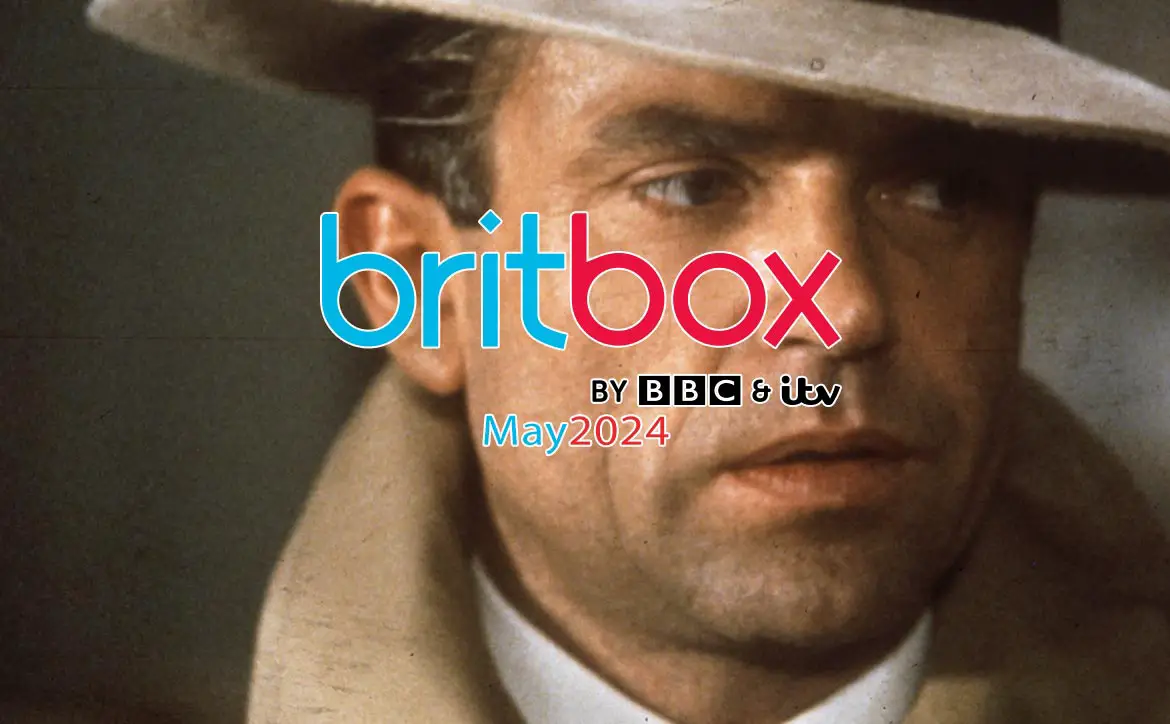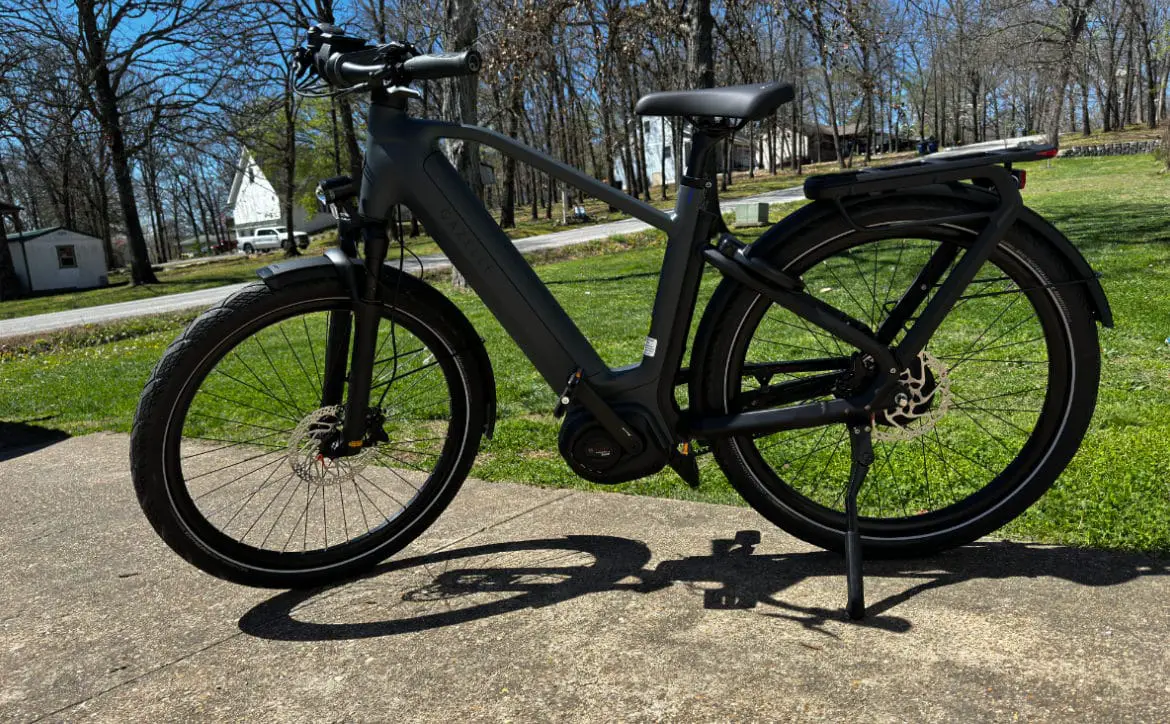The chances of growing your SaaS business over time are greater with an engaged customer base. As there is a relationship between growing customer engagement and improving retention, engaging with your customers can be more impactful than customer acquisition for the growth of your business. Therefore, your company needs to explore new ways of engaging users with your products and services.
Estimated reading time: 4 minutes
A strong engagement increases your customers’ lifetime value, keeps them happy, and helps your company to improve products and services at a faster pace. To be successful, your company needs to identify the touchpoints and check-ins for engaging with your customers and then execute proactive tactics to boost your SaaS customer engagement. The following sections provide different engagement approaches for your business.
Reducing Customer Churn
Customer churn can be detrimental to your business finance. Not only will your company be losing a revenue source, but you would also need to spend more money and time on marketing and onboarding a new customer to cover the lost revenue. Hence, it is always easier and cheaper to retain your customers who have successfully adopted your products in their workflow.
Maintaining a low churn rate is one of the best ways to grow your SaaS business. However, a customer may still choose to leave your product for a number of reasons. The most common causes of churn are price, product fit, user experience, and customer service. In the next sections, we will address customer churn due to user experience and customer service.
Improving Product Adoption Process
Product adoption is the process of educating prospects about your product and converting them into paying users. Your business needs to spend the time, money and energy to create a plan to inform people about your product. It takes a lot of collaboration and effort to educate people about your company’s products, and the value that it offers to its users.
In the product adoption process, a user will go through 5 distinct stages: awareness, interest, evaluation, trial and finally adoption. Your company can use the following 3 ways to improve the product adoption process for users and reduce the churn rate at every step of the process: improve the onboarding experience, remove the fear of change and support tools in the product.

Ongoing Engagement
Once your business starts the onboarding journey for new customers, the next goal is to increase customer engagement. As customers use your products, they will provide feedback to your team. Therefore, it is important to manage their feedback as it will help your business understand what really matters to your users. Happy and engaged customers will have a lower churn rate.
The success of any SaaS business will depend on delighting and retaining your customers. This is even more important than converting prospects into customers in the first place. An effective onboarding process will help customers incorporate your solutions into their business workflow. As soon as your customers experience success, they might even become evangelists for your company, helping you get more customers.
Customer Retention through Customer Engagement
Strong customer retention is as important as a successful customer acquisition strategy. To retain your customers, you will need to first educate them on your product so that they can maximize its potential for their organization. After that, your company needs to monitor customer engagement levels by monitoring if your product is a regular and important feature in your customers’ workflow.
Choosing the Right Engagement Model for your Business
You can use a customer engagement model to build an ongoing relationship with your customers, and it should start from the first interaction with a potential customer. The following section touches on two basic onboarding models: high touch and low touch models. The right model for each business will depend on the complexity of the product, the product costs, and target customers.
Onboarding Models
High Touch Models – This model centers around live interactions between your business and customers. The onboarding process usually starts with the passing of the baton from the sales team to an implementation team. The high touch experience for your customers includes live online or in-house training, with regular live checkpoints throughout the onboarding process. This model is best for high-cost software solutions.
Low Touch Models – A low touch model is best for lower priced, higher volume solutions. It is done with very limited human interaction and relies heavily on an automated, scalable onboarding process. This includes an automated checklist, self-paced online training and a comprehensive help file. All these will deliver the interaction and resources for new customers to progress through each stage.
The key is customer engagement
By having a clear customer engagement model, you will end up with an engaged customer base. They will be an important part of your business’ success. This article covered the 2 main onboarding models that can be used as part of the customer engagement strategy. However, it is important to build and use a model that works best for your business.
What do you think of SaaS? Please share your thoughts on any of the social media pages listed below. You can also comment on our MeWe page by joining the MeWe social network.










